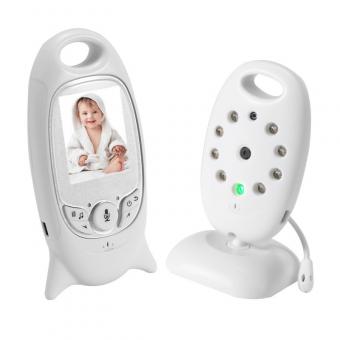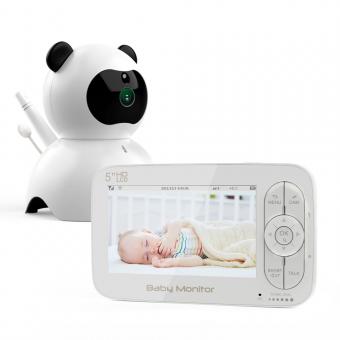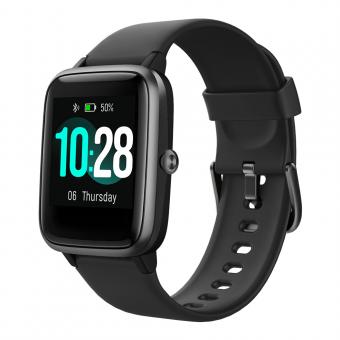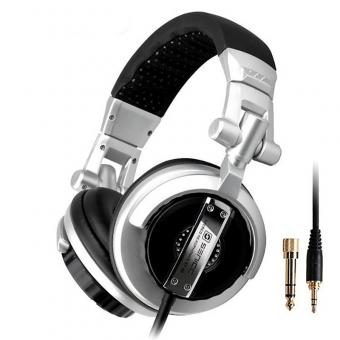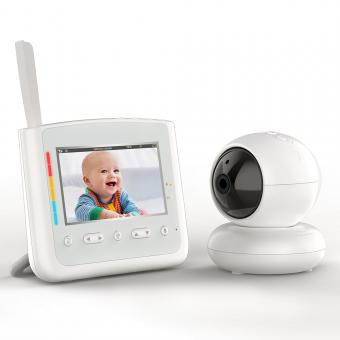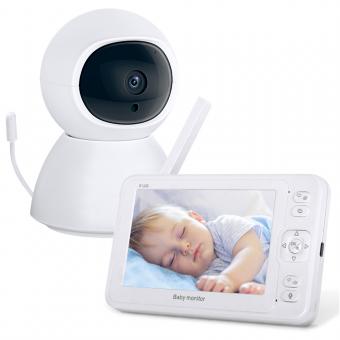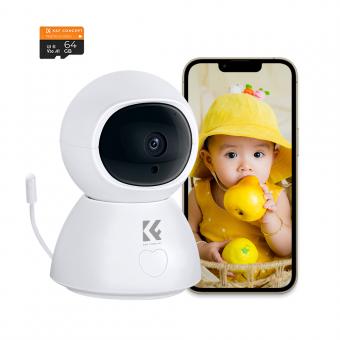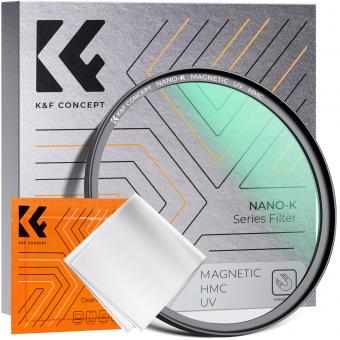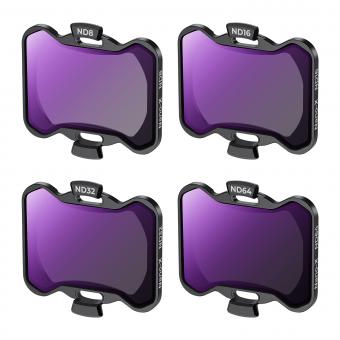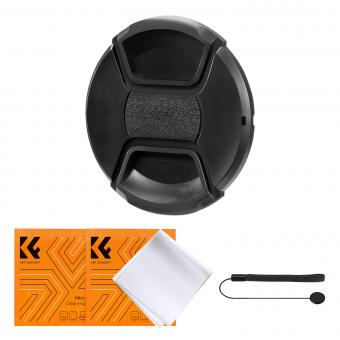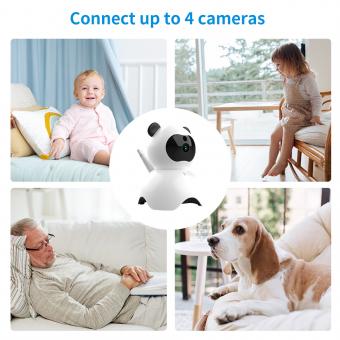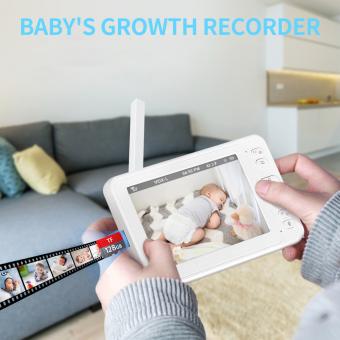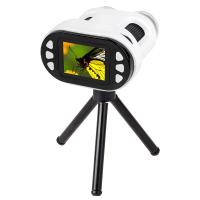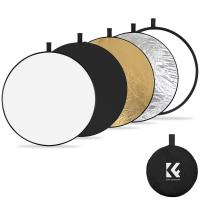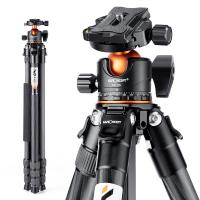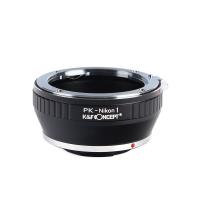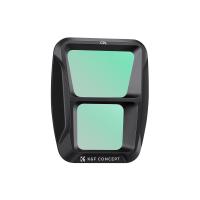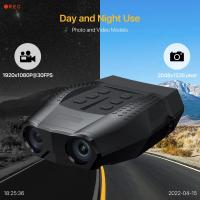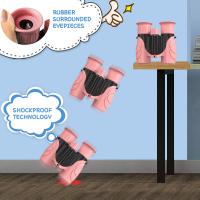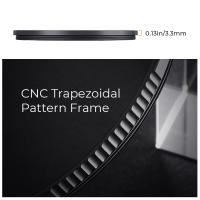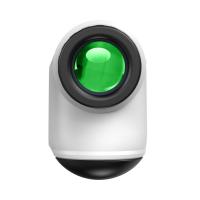Baby Monitor What To Look For ?
When choosing a baby monitor, there are several factors to consider. First, decide whether you want a video or audio-only monitor. Video monitors allow you to see your baby, while audio monitors only provide sound. Next, consider the range and signal strength of the monitor. Ensure that it has a sufficient range to cover your home and that the signal is strong enough to avoid interference. Look for monitors with clear audio quality and adjustable volume levels. Some monitors also offer additional features like temperature sensors, night vision, two-way communication, and lullabies. Consider the battery life and charging options of the monitor, as well as the ease of use and setup. Finally, check for any additional safety features, such as encryption to protect against hacking.
1、 Audio and video capabilities for real-time monitoring
When it comes to choosing a baby monitor, there are several important factors to consider. One of the most crucial features to look for is audio and video capabilities for real-time monitoring. This allows parents to not only hear but also see their baby, providing an extra layer of reassurance and peace of mind.
Audio capabilities enable parents to listen to their baby's sounds, such as crying or cooing, from another room. This feature is particularly useful for parents who want to be alerted immediately when their baby needs attention. However, audio alone may not provide a complete picture of what is happening with the baby. This is where video capabilities come into play.
Video capabilities allow parents to visually monitor their baby in real-time. This feature enables them to see if their baby is sleeping peacefully, tossing and turning, or in need of assistance. It also allows parents to check on their baby's safety, such as ensuring they are not in an unsafe sleeping position or have become entangled in bedding.
The latest advancements in baby monitor technology have brought about additional features to enhance the audio and video capabilities. For example, some monitors now offer high-definition video quality, night vision, and two-way communication. High-definition video quality provides a clearer and more detailed image of the baby, while night vision allows parents to monitor their baby even in low-light conditions. Two-way communication enables parents to talk to their baby through the monitor, providing comfort and reassurance from a distance.
In conclusion, when choosing a baby monitor, it is essential to look for audio and video capabilities for real-time monitoring. These features provide parents with the ability to both hear and see their baby, ensuring their safety and well-being. The latest advancements in technology have further enhanced these capabilities, offering higher video quality, night vision, and two-way communication for an even better monitoring experience.
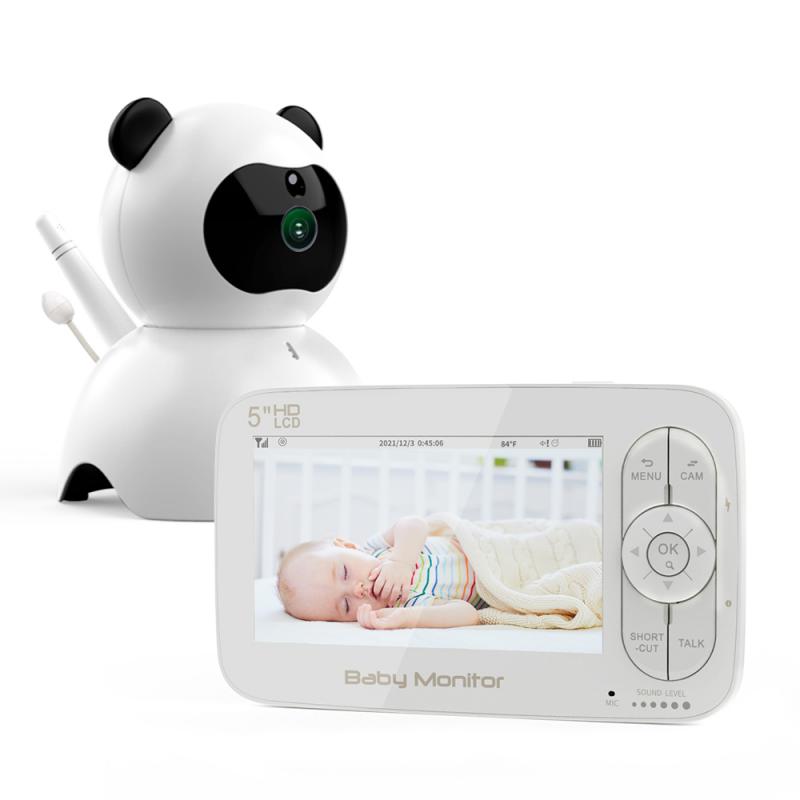
2、 Range and signal strength for reliable coverage
When it comes to choosing a baby monitor, there are several factors to consider to ensure you find the best one for your needs. One of the most important features to look for is the range and signal strength of the monitor.
Range and signal strength are crucial for reliable coverage, as they determine how far the monitor can transmit audio and video signals without interference. A monitor with a long range will allow you to move around your home freely while still being able to monitor your baby. This is especially important if you have a large house or if you want to use the monitor outside.
In terms of signal strength, it is essential to choose a monitor that provides a strong and clear signal. A weak signal can result in static or dropped connections, making it difficult to monitor your baby effectively. Look for monitors that use digital technology, as they tend to have better signal quality compared to analog monitors.
The latest point of view on range and signal strength is that advancements in technology have greatly improved the performance of baby monitors. Many modern monitors now offer extended ranges, allowing parents to monitor their babies from greater distances. Additionally, some monitors use advanced encryption and frequency-hopping technology to ensure a secure and interference-free connection.
In conclusion, when choosing a baby monitor, range and signal strength are crucial factors to consider. Look for monitors that offer a long range and strong signal to ensure reliable coverage throughout your home. With the latest advancements in technology, finding a monitor with excellent range and signal strength is easier than ever, providing parents with peace of mind and the ability to monitor their baby effectively.
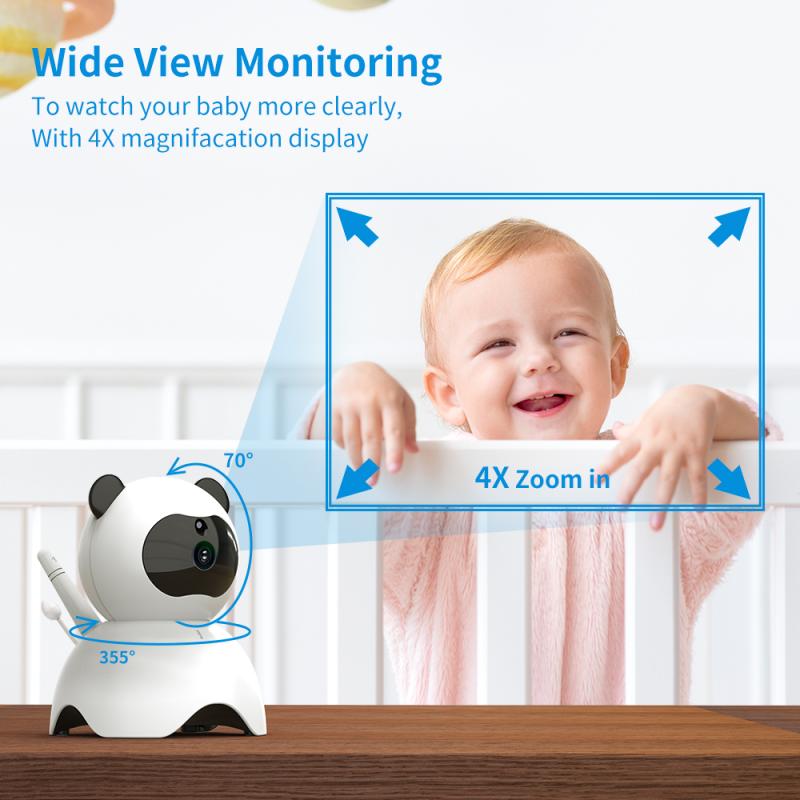
3、 Night vision for clear visibility in low-light conditions
When searching for a baby monitor, there are several important features to consider to ensure the safety and well-being of your little one. One crucial aspect to look for is night vision capability, which provides clear visibility in low-light conditions.
Night vision technology has significantly advanced in recent years, allowing parents to monitor their baby's sleep without disturbing their peaceful slumber. With infrared lights, these monitors capture images in the dark and display them on the monitor's screen. This feature is particularly useful during nighttime or in dimly lit rooms, ensuring that you can always keep an eye on your baby.
Night vision capability is essential for several reasons. Firstly, it allows you to check on your baby without turning on bright lights, which can disrupt their sleep patterns. Secondly, it enables you to monitor your baby's safety throughout the night, ensuring they are comfortable and secure in their crib. Additionally, night vision can be particularly helpful for parents who co-sleep with their baby, as it allows them to keep a watchful eye without disturbing their own sleep.
When selecting a baby monitor with night vision, it is important to consider the quality of the images produced. Look for monitors that offer high-resolution displays, as this will provide a clearer and more detailed view of your baby. Some monitors even offer zoom functionality, allowing you to get a closer look if needed.
In conclusion, night vision capability is a crucial feature to look for when choosing a baby monitor. It ensures clear visibility in low-light conditions, allowing you to monitor your baby's safety and well-being without disturbing their sleep. With advancements in technology, the latest baby monitors offer high-resolution displays and zoom functionality, providing parents with peace of mind and a closer look at their little one.
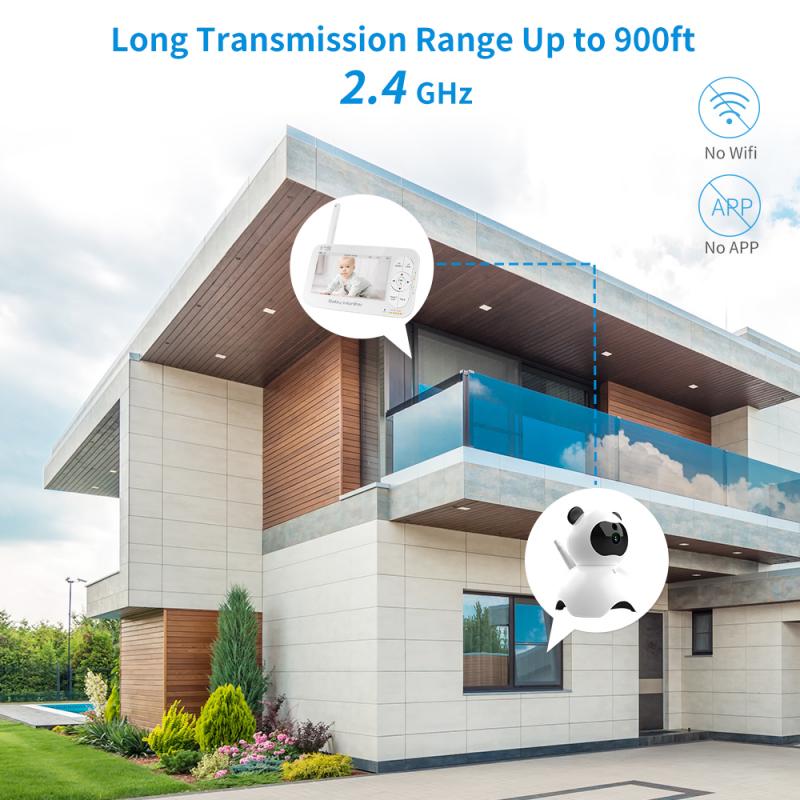
4、 Two-way communication for easy parent-baby interaction
When it comes to choosing a baby monitor, there are several important features to consider. One of the key features that parents should look for is two-way communication for easy parent-baby interaction.
Two-way communication allows parents to not only hear their baby but also speak to them through the monitor. This feature is particularly useful for soothing a baby without having to physically be in the room. Parents can use their voice to comfort their baby, sing lullabies, or simply reassure them that they are nearby. This can be especially helpful during nighttime awakenings or when the baby is in a separate room.
In addition to the traditional audio-only monitors, many baby monitors now come with video capabilities, allowing parents to see their baby as well. This visual aspect enhances the two-way communication feature, as parents can observe their baby's behavior and respond accordingly. For example, if a baby is crying, parents can visually check if they are in distress or simply need a pacifier.
The latest advancements in baby monitor technology have also introduced features like temperature monitoring, motion detection, and even sleep tracking. These additional features provide parents with more information about their baby's well-being and sleep patterns, allowing them to make informed decisions and adjustments.
In conclusion, two-way communication is an essential feature to look for when choosing a baby monitor. It facilitates easy parent-baby interaction, allowing parents to comfort and communicate with their baby from a distance. With the latest advancements in technology, baby monitors now offer a range of additional features that can further enhance the monitoring experience and provide parents with valuable insights into their baby's needs.


